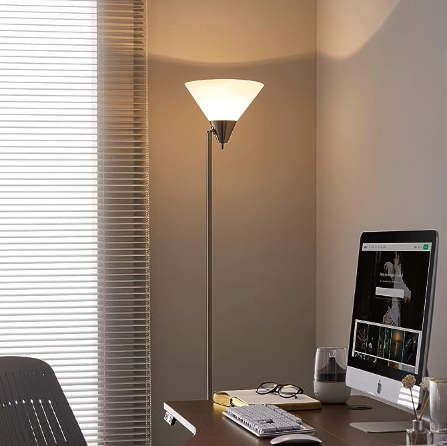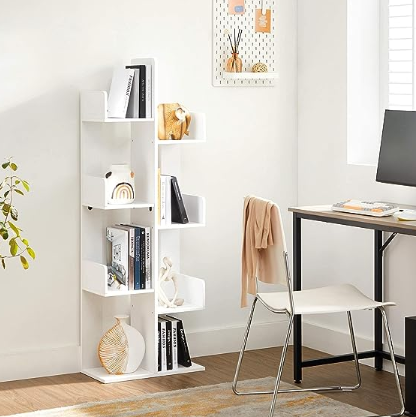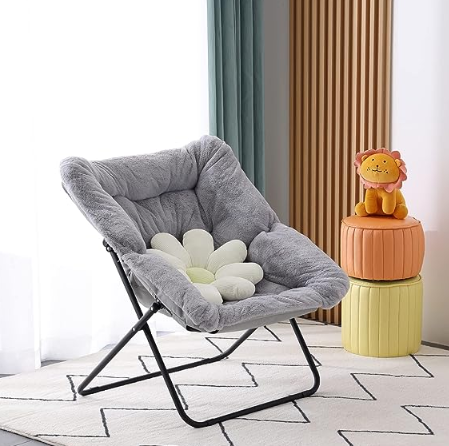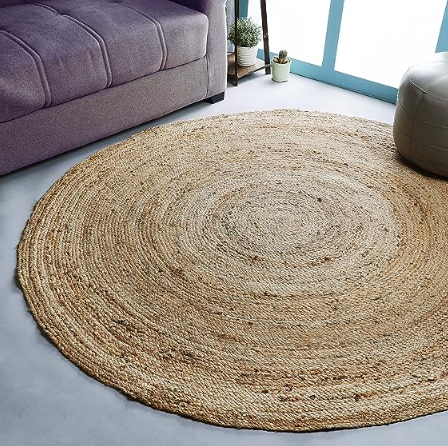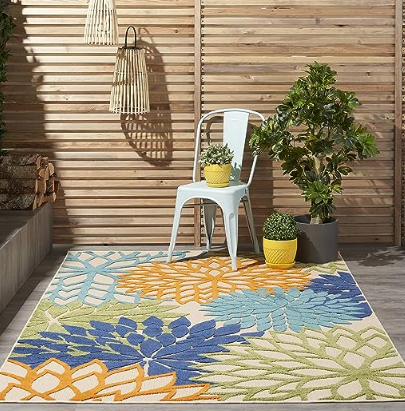Essential Guide to Choosing the Right Dining Table and Chairs

How to Choose the Right Carpet Color
May 23, 2025
Designing an Office You Never Use? Just Make the Most of 1 Square Meter
May 26, 2025Every household has its own unique lifestyle, and house layouts vary greatly—from spacious open-concept designs to small, cozy spaces. This diversity means dining areas can look very different, sometimes integrated into the kitchen, hallway, or balcony. Some homes even expand the kitchen into a balcony space, creating an open-plan kitchen-dining combo. These various layouts break away from traditional enclosed dining rooms, blending eating spaces seamlessly into daily living.
Since the dining area is so important, it’s essential not to overlook your dining furniture. A well-designed, attractive dining setup can make meals more appealing and naturally boost appetite. But how do you choose the right furniture and decor to make your dining space both functional and inviting? Let’s dive in!
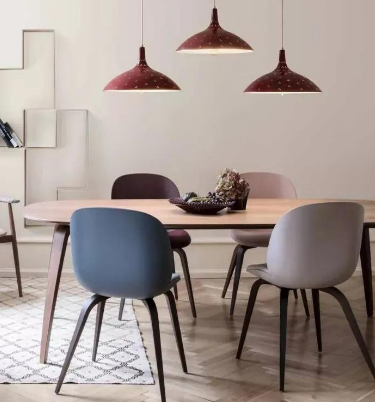
Choosing Your Dining Table
As the centerpiece of your dining area, selecting the right table size depends on these two key factors:
- The number of people in your household who eat at home regularly
- How often you host guests
Once you understand these basics, you’ll be able to determine the ideal table size.
Dining Table Sizes
Most homes with 3-5 family members opt for a standard 4-person table. Recommended dimensions are about 47-59 inches (120-150 cm) long and 29-33 inches (75-85 cm) wide.
This size takes up relatively little space and is perfect for small homes, especially those with limited dining area. Pair it with benches or chairs, and it can comfortably accommodate everyday meals plus 6-8 guests for casual entertaining.
Even with guests, adding extra chairs on either side of the table can comfortably seat at least 6 people. It’s highly practical.
Some folks prefer larger tables, around 63-79 inches (160-200 cm). These are better suited for bigger homes. Larger tables not only fit more people but can also double as work surfaces with ample space for activities.
Size Tips:
- For small apartments under 90 sq. meters (~968 sq. ft.), choose tables under 52 inches (1.3 meters).
- For around 100 sq. meters (~1,076 sq. ft.), go for 52-55 inches (1.3/1.4 meters).
- For about 120 sq. meters (~1,292 sq. ft.), opt for 59-63 inches (1.5/1.6 meters).
- For homes over 140 sq. meters (~1,506 sq. ft.), a 71-inch (1.8-meter) table is ideal.
Round tables are a less common but popular choice, mainly based on personal preference. They tend to create a more intimate, warm atmosphere and often have higher tabletop utilization compared to long rectangular tables.
Choosing the Surface Material
Next, let’s talk about the table surface material. Common options include wood, stone, and tempered glass.
- Wood offers a natural, warm aesthetic—very eco-friendly and practical.
- Stone surfaces are cooler but easy to maintain.
- Tempered glass provides a sleek, transparent look that makes the space feel more open.
Choosing depends largely on your style preferences.
For wooden tables, lighter colors like white oak or ash create a fresh, lively vibe. Warm tones such as cherry or teak give a cozy feel. Darker woods, like black walnut, look more sophisticated and grounded.
Choosing Your Dining Chairs
Today, many people in Asia tend to choose matching sets—preferably from the same material and style as the table, often 2 or 4 chairs for a streamlined look. This creates a coordinated, minimalist aesthetic in your dining area.
If you have some design skills or want a more eclectic vibe, mixing different styles and materials can add personality to your space.
Chair materials vary widely: wood, metal, plastic, with options for padded or upholstered seats. Comfort is key because you’ll be sitting there for meals and conversations, and the right chairs also elevate the overall look.
For smaller spaces, think about adding a built-in booth or banquette along one side of the table for extra storage and a cozy feel.
Creating an inviting dining environment not only makes meals more enjoyable but also elevates your entire home’s style. Remember, a simple meal or a humble bowl of rice is a source of comfort and warmth—a small act of love in our busy lives.


